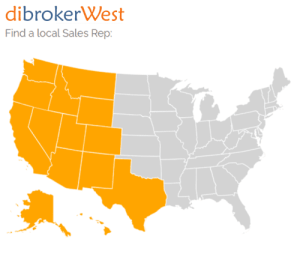
4 Tips for Selling Disability Insurance Like a Pro
Auto insurance and life insurance are pretty straight forward. One protects your car and the other pays benefits if the insured dies. Disability income insurance, on the other hand, can be more confusing to some. It’s a product many people know very little about.

Step 1: Find DI Buyers
White collar workers typically understand the value of disability income insurance. White collar workers also can normally afford DI coverage very easily so they’re a no brainer when it comes to prospects. But most Advisors don’t work with white collar workers exclusively so that may not be the bulk of your business.
TIP: Most white-collar professionals have a considerable amount of student loan debt. Discussing the student loan rider – available from many carriers – could be another selling point showing the need for DI.
Middle market workers are often described as workers who are not the richest nor the poorest consumers. This segment is frequently overlooked when it comes to having or needing DI protection. Middle market folks can afford DI but they typically don’t understand the value as readily as white-collar workers. For many Advisors, your middle market clients are an untapped resource. Below are some middle market client profiles you should look for.
- Individuals and couples ages 30 – 50
- Incomes between $40,000 – $150,000
- Family oriented
- Recently married
- New parents
- Homeowners
- Risk adverse – having something to protect and not wanting to risk financial loss
- Accountants
- Chiropractors
- IT Professionals (i.e., Project Managers, Business and Systems Analysts, Network Engineers, Database Administrators, etc.)
- Mid-Level Managers
- Nurse practitioners
- Physician Assistants
- Physical, Respiratory and Occupational Therapists
- Software/Web Developers
- Teachers – especially Post-Secondary Teachers (i.e., college and university professors, graduate assistants, etc.)
Current clients – You already have a pool of prospective DI clients. Search your book of business and look for clients who fit the middle market profile mentioned above. Also, clients who have recently experienced a life event, such as getting married, becoming new parents or buying a home, may feel they’re ready to make financial plan changes.
Step 2: Show the Need for Disability Income Insurance
Step 3: Provide the Solution
TIP: Help your clients consider how soon they would need benefits to begin and the length of time they’d like to be covered. Waiting/elimination and benefit periods for disability income insurance policies affect the premium. Every situation is different and it’s important for clients to feel they have coverage that meets their need and fits their budget.





